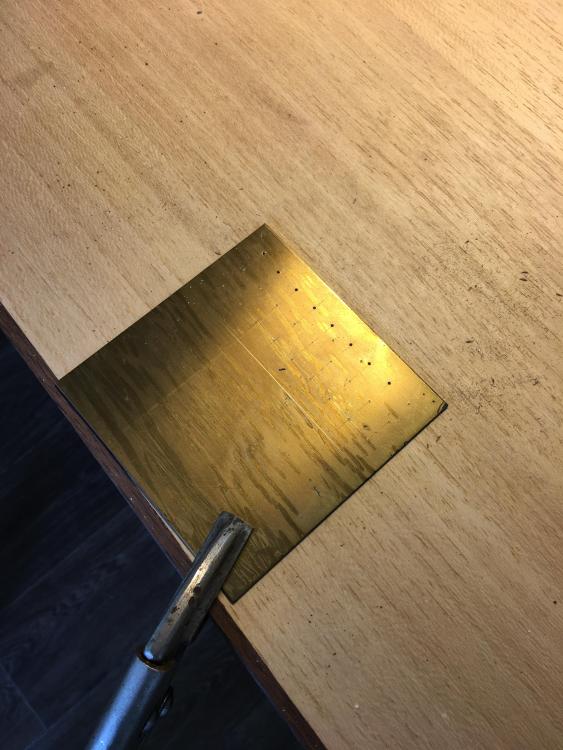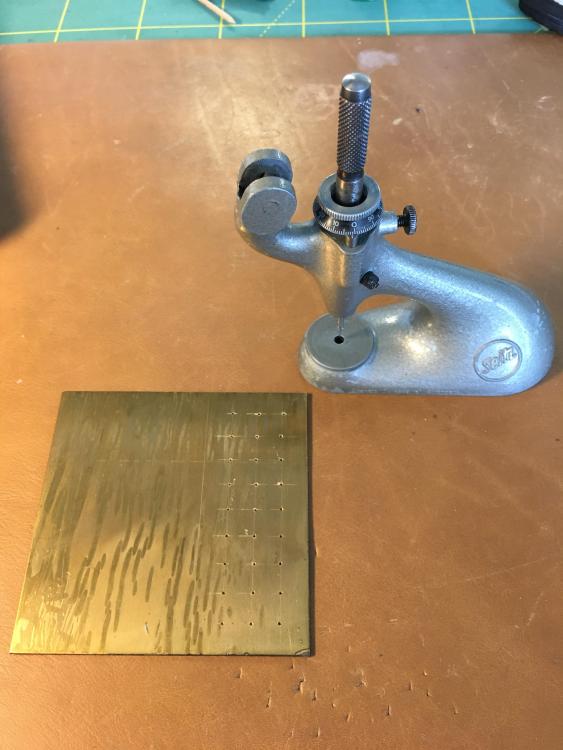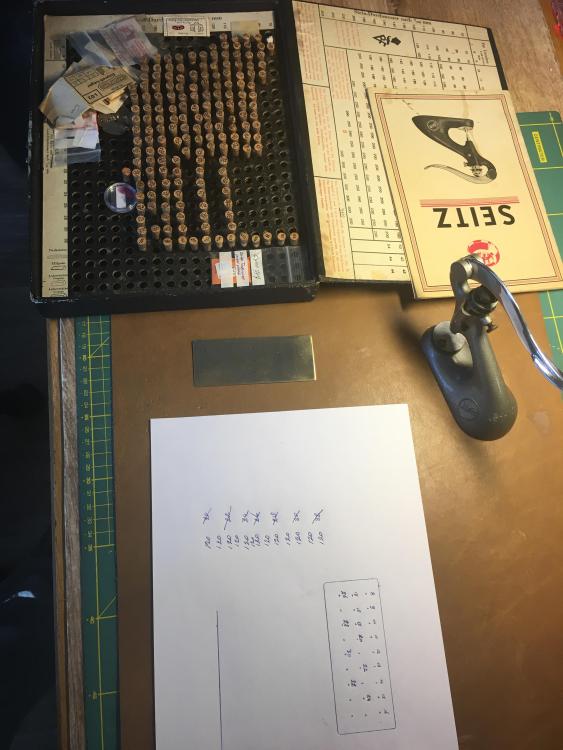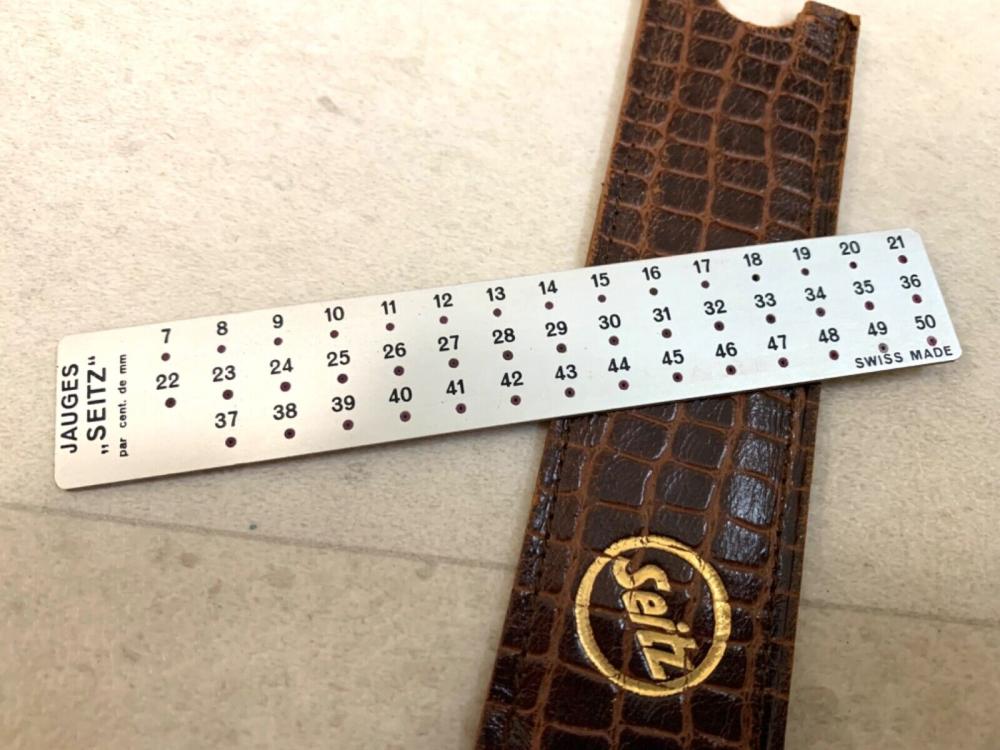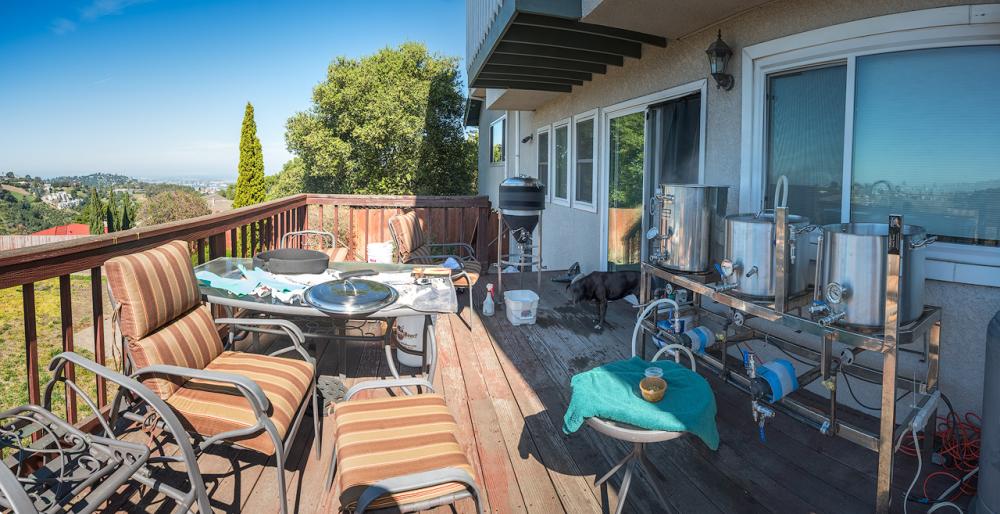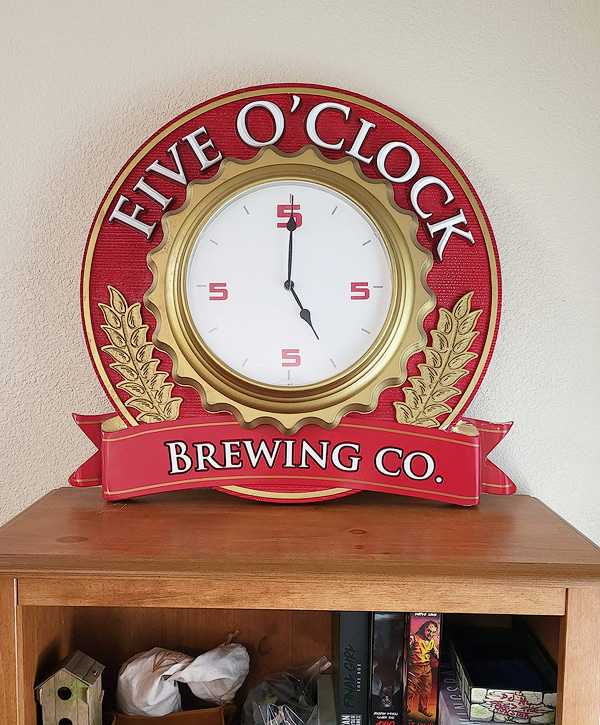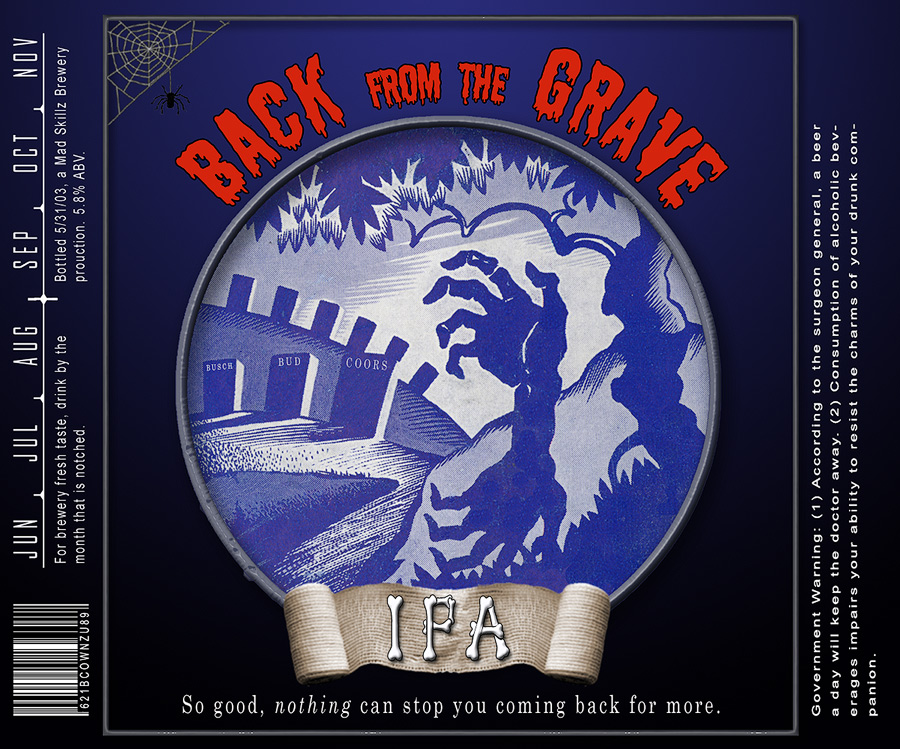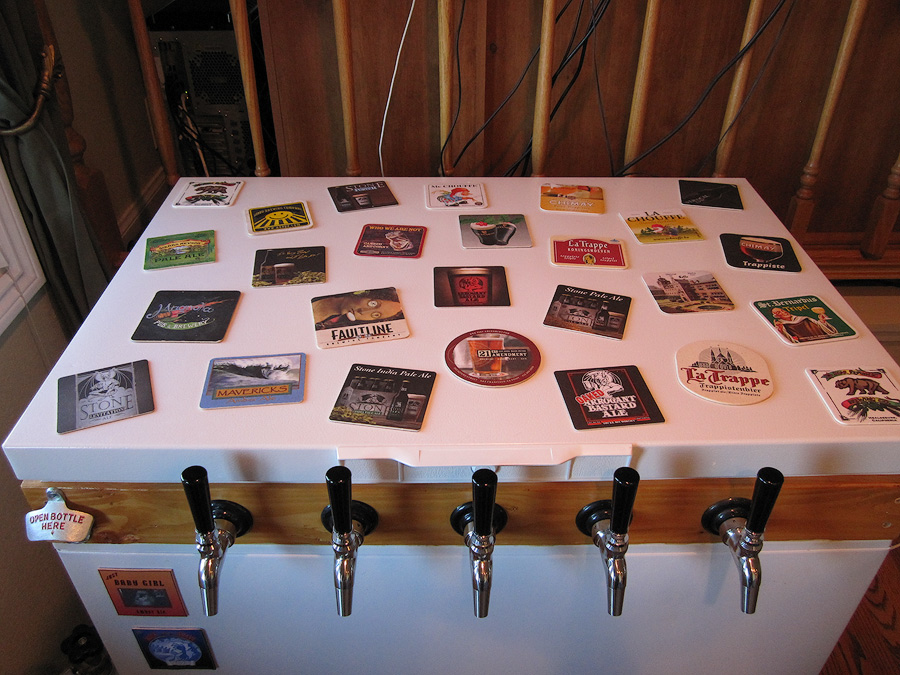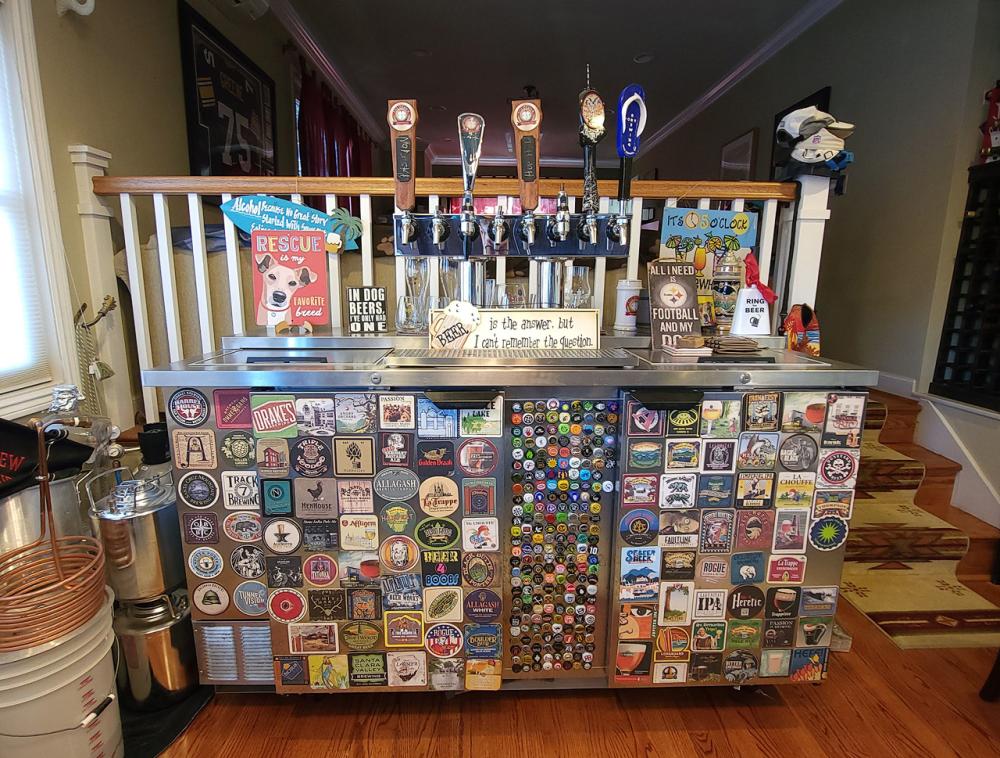Leaderboard
Popular Content
Showing content with the highest reputation on 06/03/23 in all areas
-
In order to start learning my Jacot tool and select the right size bed, I wished for a Seitz jeweled pivot gauge. Sadly, the prices asked for these gauges are astronomical. Currently on eBay from €350 and way upwards to over €500 !! Wild West prices In my Seitz jewel-box I had a "complete" range of jewels 8,9,10,11,12,13,14,15,16,17,18 & 19 in the OD size of 110 and 20,22,24,26,28, 30 & 32 in the OD size of 120. Marked 27x spots (1x1cm distance) on 10cmx10cm, 1mm thick copper-sheet and drilled them out with a 1mm drill. The holes for the jewel sizes 8-19 were reamed to 109 and the other holes reamed to 119. Cut the "to be jewel-gauge" at the size of 10x4cm, polished it and inserted the jewels; Left the holes open for the "missing" jewels; 21, 23, 25, 27, 29 & 31 and there are two more slots empty for 33 & 34; Whether I'll ever need these bigger sizes? They weren't in the Seitz jewel-box, perhaps for a reason? If I ever stumble over these sizes, I can insert them, the holes are already there. Those "missing" bigger sizes are also easy & safely to measure with a micrometer or gauge-caliper. For now, I have a jeweled pivot-gauge with a full range from 8/100 to 20/100 and from 22/100 to 32/100 in steps of 2/100, I think enough for making a start on my Jacot-tool Next, to finish this project off, is to find some small metal-stamps to number the jewel sizes.......3 points
-
Exactly what I found and wondered about in my Seitz booklets. There is much bla-bla about high quality and accuracy, but they avoid hard facts. Do they mean tolerance of +-0.0025mm? Would be funny, as their 0.0025 mm stepped gauges claim the same accuracy in the catalog . Only the preface in the 1944 book claims +-0.00012mm for the gauges. Some pages later, gauges, „accurate to 1/4 of 100th of a mm“. Jewels: I can offer 23/140 and 25/140 Frank2 points
-
The parts 1,2,3,4, and 5 are what Bergeon and Horia (Steiner) call broaches, or broche in French. In my schooling they were called runners, and most English speakers I know call them that. The main body of the tool is usually called the frame. Number 7 is also called a runner in English (Horia just calls it a cylinder, also in French), but specified as the headstock runner- the headstock being the end of the frame with the pulley. The different runners are for different sizes and types of pivots. In the above (and most sets), the runners with caps on one end are for smaller pivots, up perhaps 0.36mm. The caps cover the fragile lanterns, which allow working on the pivot ends. The short runner, with no lantern (#2 above) is for long pivots on 4th wheels that carry a second hand. They have longer beds and naturally make a tapered pivot. In the above set it looks like #3 could be an additional 4th wheel runner. The runner with beds on both ends is for center wheels i.e. larger pivots. You would choose between headstock runner #7 or the one currently in the tool according to pivot size, usually one will do the normal range up to 0.30-40, the other up to the limit of the center wheel runner. Finally, #6 is a limiter for the burnisher. It clamps onto the runner (tailstock runner, with beds), and can be positioned so that the burnisher can't ride up easily over a shoulder on conical pivots for example. They aren't very common, and I have to say I've never used one, even on teeny tiny ladies sized balance staffs. But I would say a useful thing to have! The pivot gage is something that has always terrified me, and I've never used one of that style. It seems like a good way to mark or break a pivot. But it was a standard accessory for most Jacot tools. I much prefer a jeweled hole gage.2 points
-
Right, I think I remember reading that they were cousins (?) but not in business together. I was a little leery working on this one. To date the one movement that has bested me is the Bulova 10AN, which is the same as this Gallet FHF 324. The Bulova I went through two donor movements and I still don't have the original movement working. I gave it a time out and put in a drawer to think about how being mean to me isn't very nice.2 points
-
I got into homebrewing about 25 years ago. Started with extract and after a few years went to full grain. Over time added a Morebeer sculpture and a heated/cooled SS conical fermentor. I converted a chest freezer into a kegerator as bottling was such a PIA that kegging the beer made more sense. The compressor died after a few years so we got a commercial 8 tap keggerator. This one has been going now for about 9 years. And in a bit of a crossover with watchmaking, I had a logo made for our home brewery and had it turned into a clock Living in the SF Bay Area we are spoiled with amazing breweries and beers (and Hetch Hetchy water for home brewing!). The grocery stores here have extensive selections that are different week to week. Because it's so easy to get amazing beer we have slowed down our home brewing but usually still manage to have something on tap. I spent a few weeks hiking the Cotswold trail with my wife about 10 years ago. There was a definite difference in IPA's in the areas we visited compared to the US. The beers here tend to be much more aggressively hopped with a higher ABV. I was surprised to see beers, like the Greene King IPA, labelled as IPA's with a 3.7% ABV. Stylistically I would consider those more of a session Pale Ale than an IPA. But I did enjoy that one. And speaking of IPA's, I made this label for one of our IPA's and it won a prize in the BYO magazine label contest.2 points
-
Probably worthwhile in its time to prevent dangerous adulteration or something, but has no place today. If a brewer wants to challenge oneself, it's a rubric. Oats are great for building body, adjuncts of all kinds are great (in moderation) for adding flavor, there's nothing wrong with wheat (pretty sure that would have been in violation), and rules are meant to be broken!1 point
-
Hi LWS. if they are too deep to stone out the only other option is to reface with a bit of soldered on spring or replace the anchor. But that involves removing the material from the anchor and getting the face to the same thickness as before with the facing piece on quite a task. I think Cousins have anchors but how they are refitted on , I think riveted on at the edges.1 point
-
1 point
-
Nice work endeavour, you have some good jewelling skills there1 point
-
In my old Seitz catalog it says the jewels are accurate to 1/4 of 100th of a mm, or 0.0025. Not sure if that's +- or total; I recall seeing the same claim on one of the jewel assortments but not sure? I definitely have jewels in my stock (from other makers) with in-between sizes, like 0.095mm. I use the Seitz pivot straightener as a gage, and it's in 0.0025mm steps, so I would imagine those jewels are indeed held to a tighter tolerance. I think it's pretty standard practice to hold the jewel hole size to within 0.0025mm, it was 20 years ago but I visited the Robellaz jewel factory in Ste-Croix and remember being shocked how precise the jewels were- and also had a new respect for them!1 point
-
Normally I'm very happy to answer questions but in this particular case I would get Daniel's book if you want the answer. This is because it is actually a lot of steps required to make a jewel. It is much much easier to modify an existing jewel that can be done in just a few seconds if you grasp how versus making a jewel which Basically requires a lot of effort and some tools. https://www.amazon.com/Watchmaking-George-Daniels/dp/0856677043 Are you concerned about changing the end shake because of this?1 point
-
I don't think the US has been about lagers since the 90s, like MSB said. I mean... There are parts of the country that still mostly drink whatever megabrew light beers, but not the sorts of places you'd want to be. IPAs have been the "basic" (as in the internet lingo) beer for quite a while. From my perspective, there have been little blips where other things have risen in popularity. Sours, NEIPAs (which may be more than a blip), and there was the white claw thing there for a while... I keep waiting for my big dark beers to get cool, but my tragic unhip-ness will probably prevent that from ever happening. Challenging things rarely become popular.1 point
-
Exactly! Getting the roller jewel on the same side of the fork, regardless of which banking pin it is against. You obviously do it in the opposite direction, but as long as you know the principle, it works. Having no power on the movement makes it a little more trickier, as the impulse jewel has to locate exactly with the notch as it's flapping about. Yep, same here... When you've had a bit of practice, then it is as easy as the YTers make it look. You'll just make much less mistakes. Every now and then I'll do something really stupid, but still learn something from the experience. Everyone is always learning, no matter what level they are at. It would be arrogant to think otherwise. I've learned some great tips and ways of doing something from some of my students. Collective experience is a growing experience. I remember reading about Jean Claude Biver, who was the CEO of Tag; he rewarded his employees 1000 euros for every time they shared a mistake they had made. His thinking was they could all learn collectively from that mistake, that most people don't want to admit, but as we all know, we learn best through our mistakes. Obviously that reward scheme didn't last long, as it would have been a little too costly, but the essence of what was trying to be achieved permeated the company, to learn through mistakes.1 point
-
I don't know that I'm an actual authority, but I can tell you my version of history. As for the actual timelines, I'm not entirely sure, but I'll share things as I learned about them. Back in the late 1900s (oh god) we started seeing craft beer just start to emerge here. I remember the first big craft breweries coming out of the west coast, like Stone Brewing. Their tagline at the time was "You're Not Worthy." Their Arrogant **BLEEP** IPA was aggressively hopped, big, malty, and in your face. The west coast IPA craze was on. Dogfish Head in Delaware on the east coast came out with their iconic 60/90/120 minute IPAs, which indicated how long they were continuously hopped during the boil process by their hopinator machine. They also pioneered the "Randall", which was basically a reverse water filter that ran beer through fresh hops en route to the faucet. There were also more reasonable examples, like Sierra Nevada Pale Ale, Dale's Pale Ale. Not IPAs in name, but definitely in hops and flavor. The American craft palate was all in for the hops. But then maybe 10 years ago, a backlash of sorts started. Breweries like The Alchemist started making beers like Heady Toppper, a hazy "New England" style IPA, and the NEIPA was born. It was hazy, juicy, fruity, generally lower alcohol than the big west coast styles, like the 9-18% ABV Dogfish Head offerings. It almost immediately became the new definition of craft beer. I actually got a review of one of my IPAs with the comment, "It's a great beer, but too bad it isn't hazy." And now there's something of a backlash against NEIPAs. In classic American fashion, brewers took them to the extreme, adding lactose and tons of fruit to make them more accessible to the masses, watering down the style in the process--milkshake IPAs are a thing here. Now I'm a big believer in people enjoying whatever they enjoy. There's no shame in it. The thing is, these hyper sweet, thick, fruity NEIPAs are not reminiscent of beer in almost any way. So the craft beer pendulum is swinging back towards clean, beer flavored beer. Lots of lagers are starting to show up. 5 years ago I won an award for "Most Unusual" at a beer festival with a super classic, clean, light Mexcian style lager, because it was the only one at the event. This year there were dozens of the same beer. It's fascinating. And apologies for unexpectedly jumping up on my soapbox!1 point
-
If you put the watch on a demagnetizer the hands will spin like crazy and loosen up whatever is binding it up.1 point
-
Will notify you if I do Finally found a set of number stamps. Initially I couldn't find any on the German eBay until I typed the magic word "Schlagzahlensatz" in 3mm is hopefully a nice size ....1 point
-
1 point
-
at the link below you scroll down there is something that looks similar to your mystery school. No idea how to use it though with the added bonus if you go to the bergeon website apparently this tool appears to be a thing of the past very unhelpful https://www.ofrei.com/page432.html1 point




